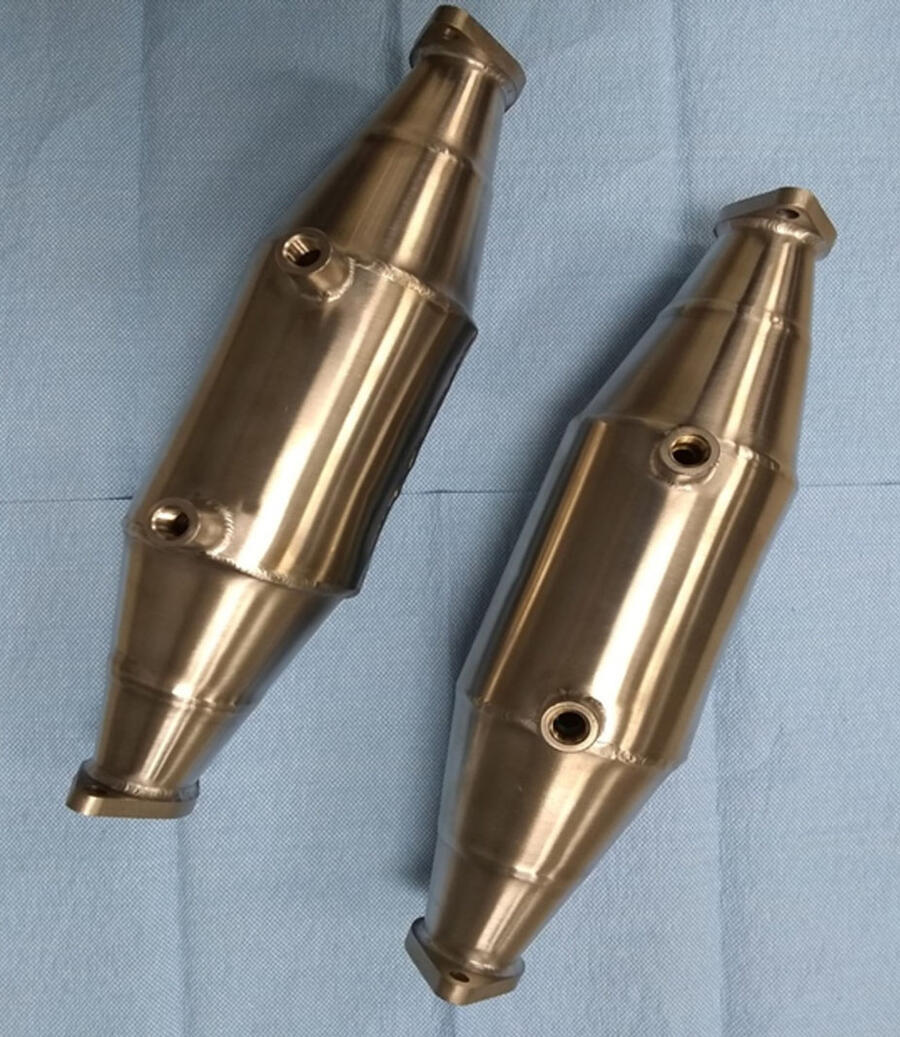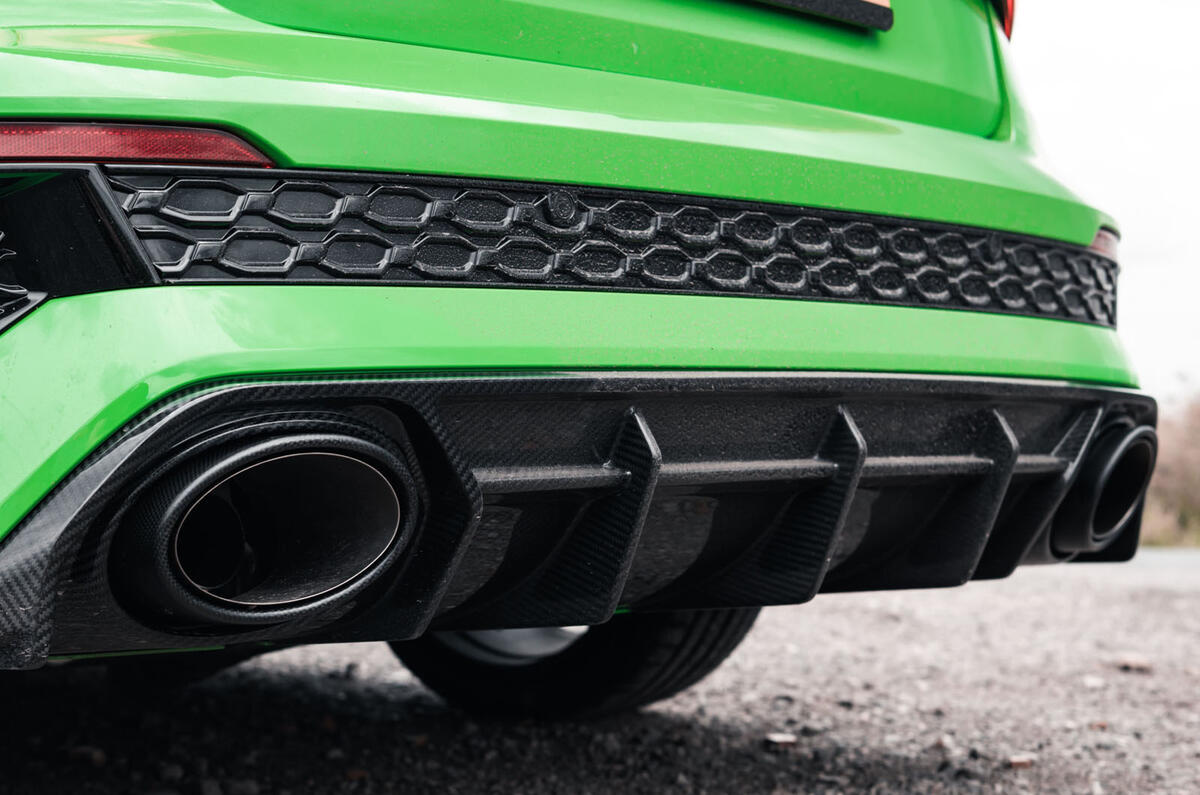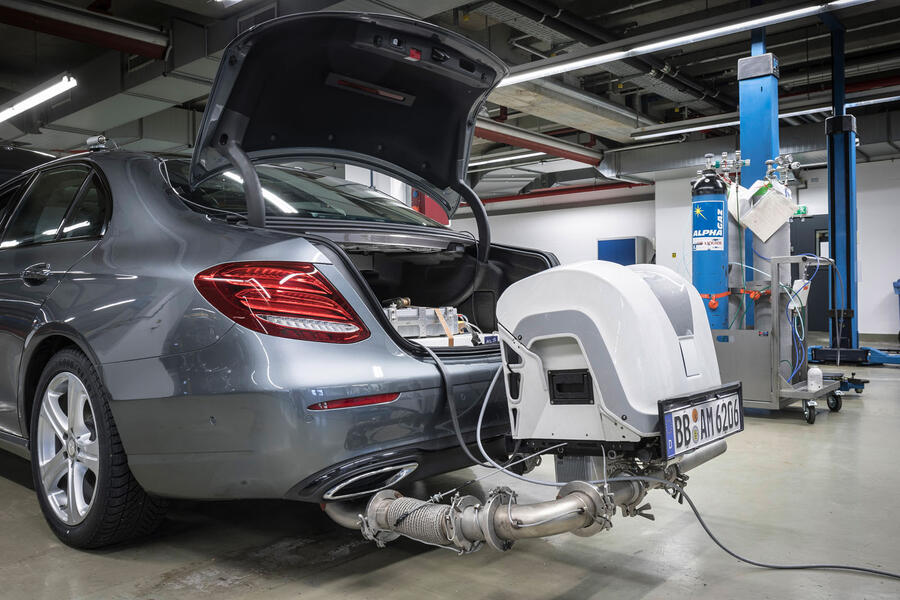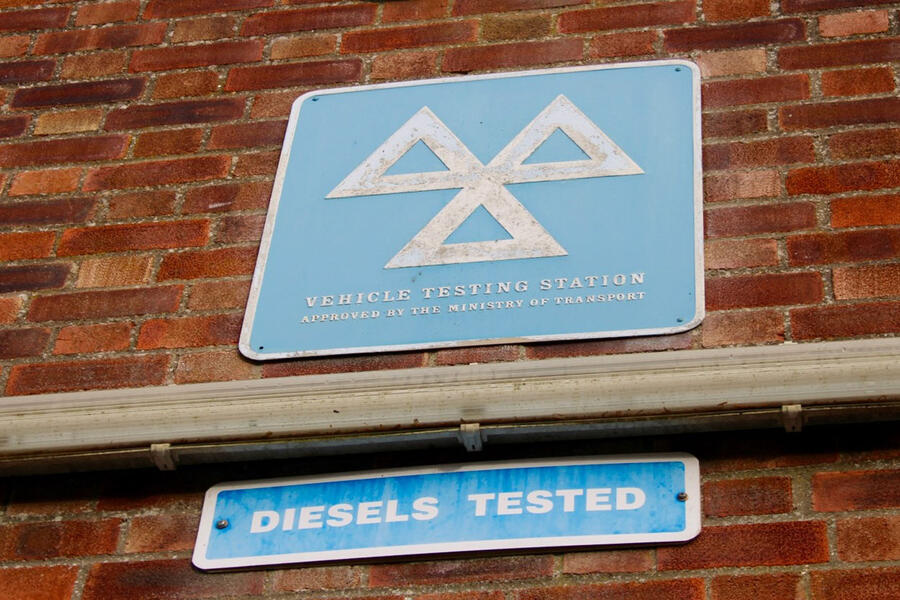A workshop being found guilty of carrying out illegal alterations to a car has exposed a grey area in the law that puts anyone who modifies a car at risk of prosecution, another tuning specialist has warned.
In November last year, Wakefield-based AET Motorsport was ordered by a court to pay £7234 in fines and costs after the Driver and Vehicle Standards Agency found it had made alterations to a car to remove its catalytic converter and modified its engine control unit to increase noise levels, making it illegal to drive on a public road.
Magistrates told AET Motorsport that the case was rightly brought by the DVSA and that business owners were obliged to know the law.
However, James Wills, director of Newton Abbot-based Auto Dynamix, has claimed that while the court’s judgement was right, the case has exposed contradictions in the law concerning exhaust emissions that he believes need clearing up.
“A de-cat exhaust system on a road-going car is illegal and will cause a car to fail its MOT,” he said. “So to achieve near enough the same performance results, drivers are having sport catalytic converter systems fitted to their cars instead. These are sufficient to get the car through the MOT, but I doubt they satisfy the emissions limits set at the car’s type approval stage.”
To enable better gas flow, a sport exhaust may contain less than half the catalyst material of the car’s standard system or, in the case of a car with multiple catalytic converters, considerably less than that. However, so long as it’s an EC-marked system and the car’s emissions are within limits at the required low engine speeds when there’s also no load on the engine, a vehicle fitted with an approved sport cat (ideally supported by modified engine management software) will satisfy the MOT regulations.







Join the debate
Add your comment
They don't measure C02, just CO on the MOT. As C02 is of course a harmless gas.
CO2 is not harmless but, ignorance is bliss, as they say.
Keep burying your head in the sand...
Folk removing cats from exhausts are scumbags.
The law exists to limit poisonous fumes being emitted into the air we all breathe. Have a word with yourselves.